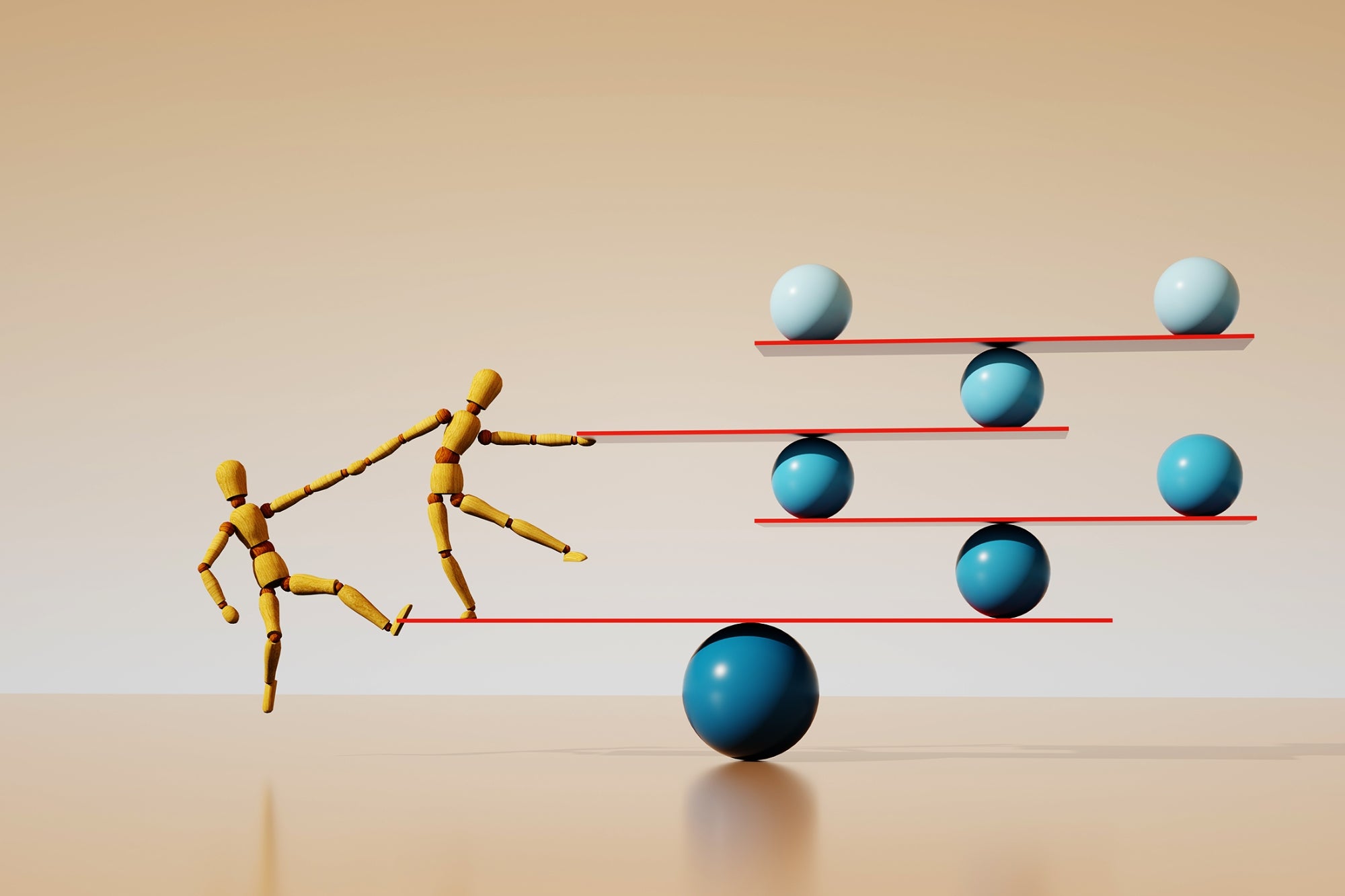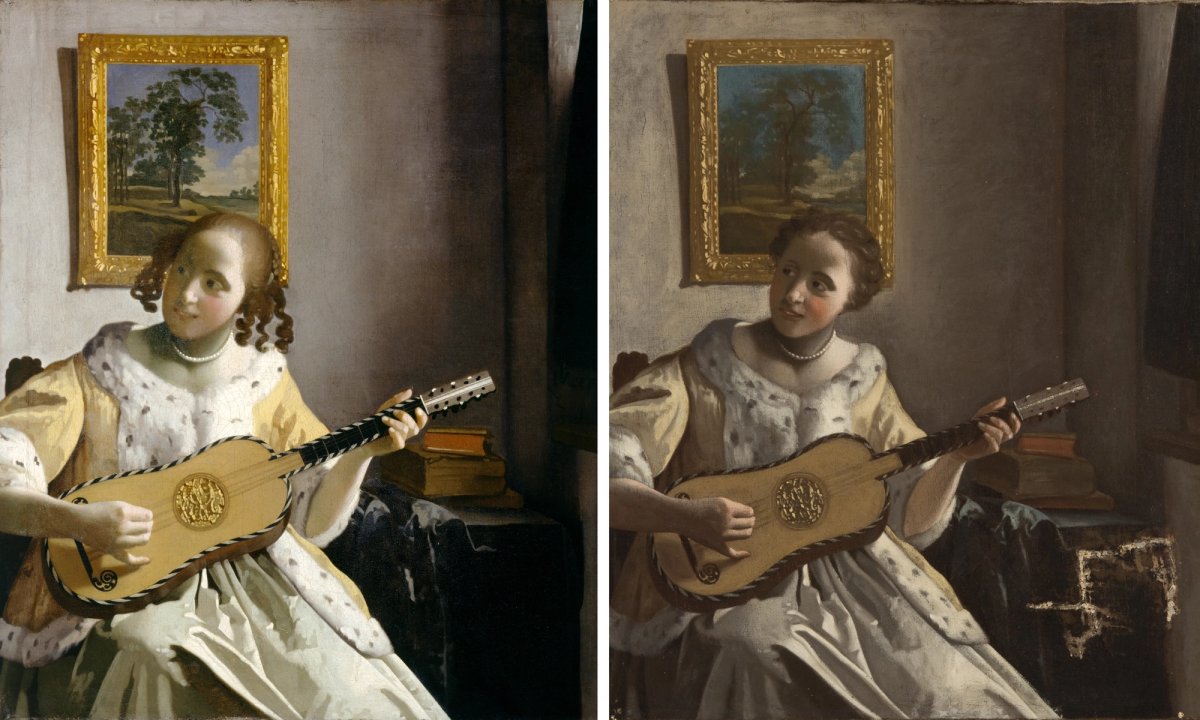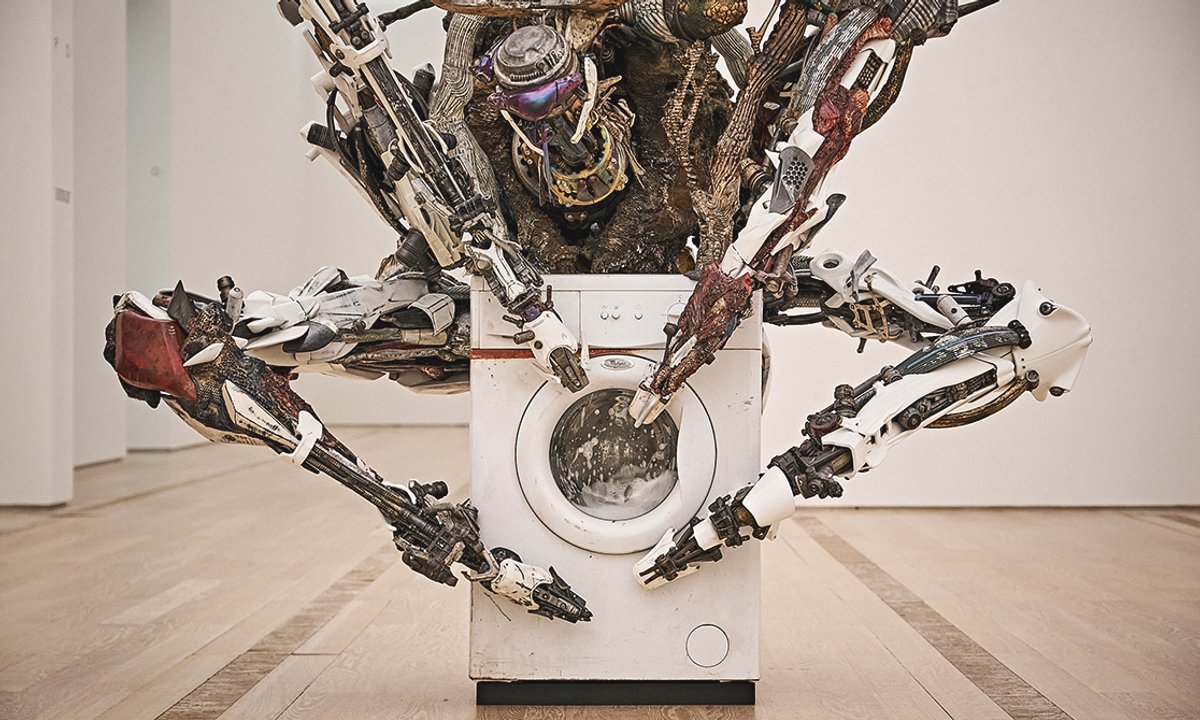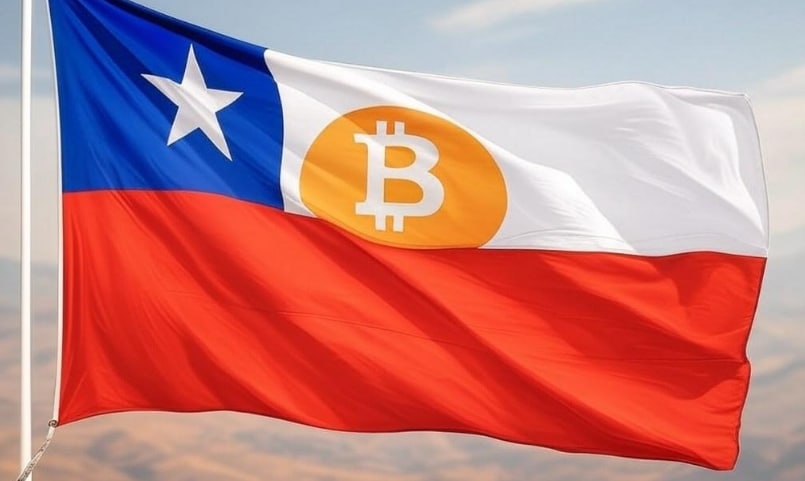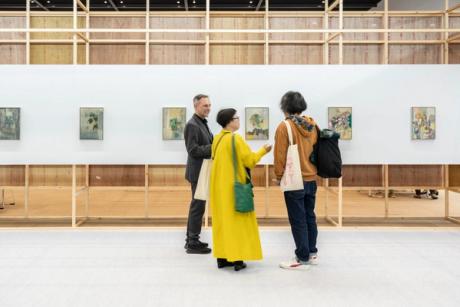
The Japanese art market grew by 11% between 2019 to 2023 to an estimated $681m, compared to 1% growth worldwide during the same period, finds a new report. The Japanese Art Market 2024 is authored by Clare McAndrew, the founder of Arts Economics, and was commissioned by Japan’s Agency of Cultural Affairs.
While the Japanese art market rebounded from the challenges of the Covid-19 pandemic due to a stable structure that is volume-driven and heavily local, it also dipped 10% last year from $756m in 2022, entirely at the top end, McAndrew said at an online launch for the report, held in December.
Galleries and dealers constituted 68% of the value of Japan’s art sales in 2023, and its more than 2,060 professional galleries and dealers are situated mostly in Tokyo (59%) and the surrounding Kanto region (66%). These galleries represent an average of 27 artists each—up from 20 in 2022.
Other findings from the report are that 74% of Japan’s gallery sales were conducted in-person at gallery facilities, compared to 10% at art fairs. This is far less than the 29% of sales conducted by galleries at art fairs globally. Japanese galleries also attend far fewer fairs on average: four annually, compared to the global average of 11.
Online sales, which appeal most to younger buyers, constitute 20% of art sales worldwide, but in Japan they only account for 5%. “This report presents what is, rather than the why,” of Japan’s comparative digital disinterest, McAndrew said. She surmised that one contributing factor could be a “trend towards disintermediation” that does not show up in official figures. “Some [artists] are making direct sales as well, so outside of the structure—and things like Instagram have been pivotal to giving artists the power to do that.”
Comparatively low turnover at auction and via digital sales may explain why the Japanese art market saw such a sharp one-year drop in 2020, of 38% compared to 22% globally. Though major Japanese galleries are increasingly visible at international art fairs, domestic sales continue to dominate, with 84% of sales made to local collectors. “That is a strong feature, but also limiting,” McAndrew said.
She continued that Japanese artists who are popular with international collectors, like Yayoi Kusama and Yoshitomo Nara, experience higher sales volume but at much lower prices domestically, and that overall, art in Japan is priced much more affordably. Of the $221m in auction sales made in Japan in 2023, 91% of lots were under $10,000. By value, dealer sales under $250,000 and between $250,000-500,000 were respectively 29% and 19%, with works priced over $10m and $1m-10m at respectively 4% and 33%.
However, taken by volume, sales under $50,000 were 93% of transactions, with works under $10,000 comprising 77%; only 1% of transactions were under $1m. At auction, 91% of transactions were under $10,000 and 98% under $50,000. Elsewhere, reports on high art prices deter younger, middle class potential buyers, McAndrew said, but “looking especially at the Japanese market, it is a very democratic market”.
Now with a global market share of 1%, Japan’s art market is around the size of Spain’s, and it is Asia’s second-largest market, representing 5% of the region’s share. Nonetheless it is still dwarfed by the combined share of Hong Kong and mainland China, which represents 80% of Asia and 19% of global art sales.
Japan’s lower price points may mean that art permeates more of its society; the art market directly creates about 12,700 jobs in Japan. Additionally, McAndrew said, some 47,320 visual artists are based in Japan, and the country has more than 5,000 museums, of which 1,000 specialise in art. Art also fuels a very strong ancillary business worth $136m, services that are “very niche and wouldn’t survive or exist without the art market,” McAndrew said. “This core supports a much wider infrastructure.”


